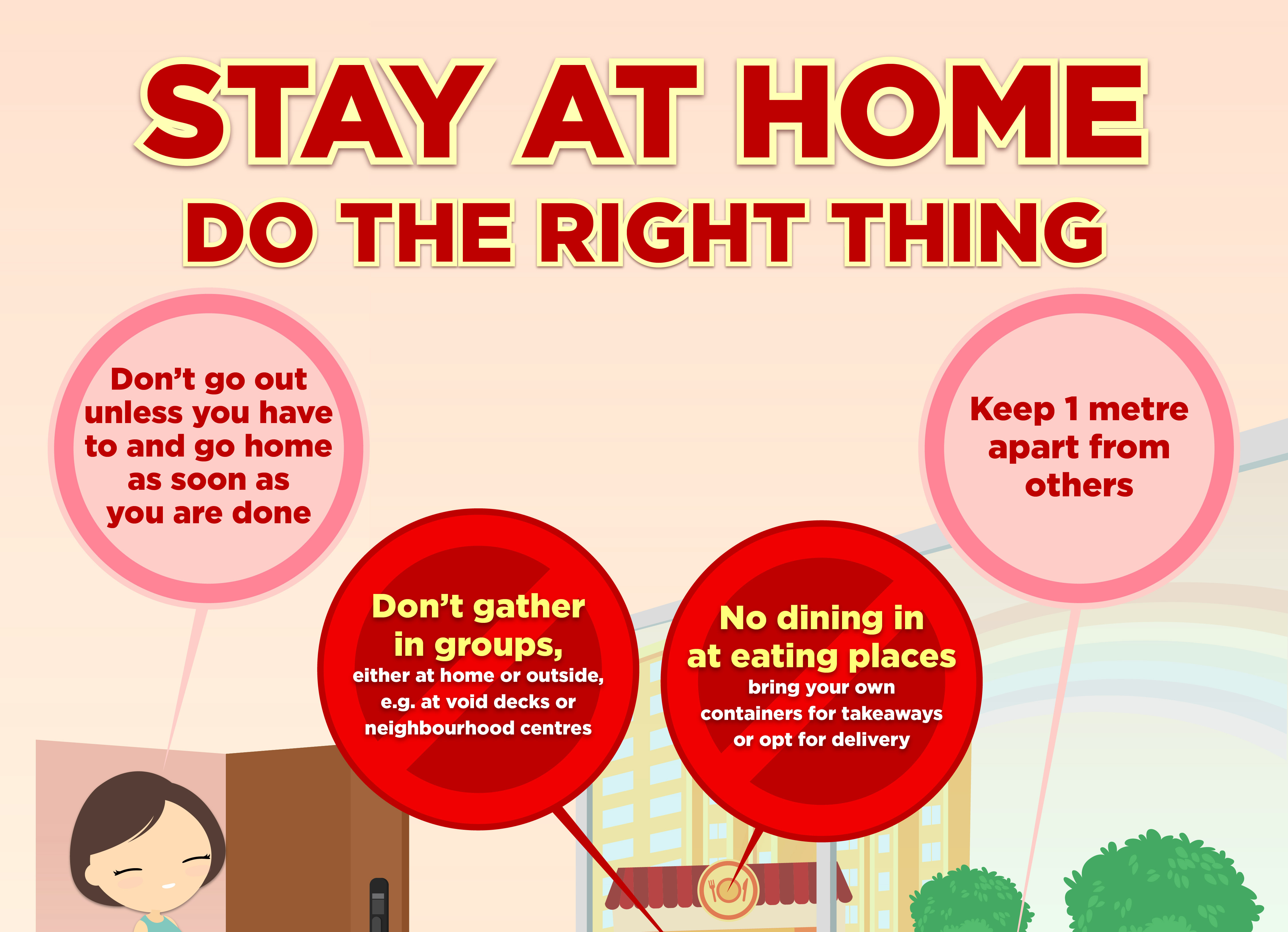73 days ago, in early February, we started this series to document to progress of the development of the new coronavirus in China that had only just arrived in Singapore (from which LUCK-IT operates). At that point, WHO and the Singapore government were actively dissuading people from wearing masks. “Do not wear a mask if you are well,” was the catchphrase of the day.
42 days ago, in mid-March, we did our first update. By that point, the virus was just starting to spread beyond China, with South Korea being the worst hit, and Italy, France and Germany fast catching up. China on the other hand was only just starting to report a drop in the number of new cases and deaths. WHO was still hesitant to call this situation a pandemic, afraid that doing so “may certainly cause fear”.
Today…
We are most certainly deep in the middle of a pandemic, with COVID-19 cases worldwide having already crossed the 2mil mark and the death toll now more than 150k globally. This is in contrast to the number of cases having been just over 100k and the death toll being just under 4k 42 days ago.
China is no longer the country with the most cases in total. It has been overtaken by 7 other countries, with the US holding the top spot in both the number of cases and deaths.
Similar options available at Amazon.sg
LUCK-IT will earn a tiny commission when you purchase this product.
While some countries are starting to report a decline in new cases and deaths (e.g. China, South Korea, Vietnam, Hong Kong, Italy, Spain, Germany, USA) suggesting recovery may be on the horizon, others (e.g. Singapore, the UK, Japan) see no end in sight yet .
Much of the world is now in some form of a lockdown or another, with wealthier countries pumping aid to their citizens by the billions. Even so, millions have lost their jobs or shuttered their businesses. The travel, aviation, F&B, events and oil industries are among the most affected. The 2020 Olympics has been postponed to 2021.
Singapore—the “best-case scenario” no more…
Singapore, which was at some point considered a “best-case scenario” for being able to allow its inhabitants freedom of movement while simultaneously keeping the virus under control, began losing control around the time the second wave of imported infections began coming in from the US and UK (fleeing Boris Johnson’s herd immunity policy).

The island country decided to go into semi-lockdown when the number of cases crossed the 1000 mark, and today, just 17 days later, the number of cases in Singapore stands at more than 8000.
Just last weekend, McDonald’s Singapore was made to suspend all operations islandwide after 7 of its employees across more than 5 outlets tested positive for COVID-19.
Mask-wearing when outdoors is now mandatory in Singapore, with non-compliance punishable by law. This is despite WHO’s stand that “you only need to wear a mask if you are taking care of a person with COVID-19.”
Interestingly, Singaporeans account for only 13% of the total number of COVID-19 cases in Singapore. The majority of those infected here are Bangladeshi and Indian nationals, migrant workers living in crowded dormitories that have since become the largest clusters of COVID-19 infected.
What’s next?
What’s starting to become clear as the months go on is that the numbers coming out from WHO or floating around popular media are unlikely to be accurate indicators of the spread of the virus or how individual countries are doing in comparison with each other.

China, for example, had not included asymptomatic cases in their numbers until towards the beginning of April, whereas some other countries like South Korea, Singapore and Taiwan had been doing so from the very start. Some countries have been telling everyone with COVID-19 symptoms to go get tested right away, whereas others like Italy, UK and the US have been telling those with symptoms to stay home to avoid straining the healthcare system. A few countries have reported a shortage of testing kits and no country has been able to provide accurate data of all asymptomatic cases yet, for obvious reasons.
Even the date of when the novel coronavirus first appeared is ambiguous. We’ve been using 1 Dec 2019 as the date the first known COVID-19 patient developed symptoms but recent reports from China have retrospectively traced the first likely COVID-19 patient back to 17 Nov 2019.
In short, the situation changes at lightning speed every single day and the data available doesn’t present any obvious answers. We could be at the middle-point of the COVID-19 pandemic right now or there could be wave after wave of upcoming recurrent infections nobody can presently foresee. A country may be doing well in controlling the virus at a specific point in time, but who knows how well it will continue to perform in the future?
Similar options available at Amazon.sg
LUCK-IT will earn a tiny commission when you purchase this product.
All we can do now is stay home, mask up, and document these strange days for clues on how to do better in the future. Hopefully, one day soon, we will be able to look at these notes and very effectively pinpoint what exactly we did wrong, and right.
Follow the latest in our COVID-19 Diaries series here.
If you’re in a country that has been affected by the novel coronavirus and would like to share information about the situation where you’re at, do get in touch with us here.
Articles that might be of interest:
COVID-19 Diaries: An Introduction
COVID-19 Diaries: 100 Days After Patient 1 Developed Symptoms
COVID-19 Diaries: The Situation In Daegu, South Korea, 89 Days In
Image Source: Ministry of Health Singapore, McDonald’s Singapore. Compiler: Sy
Sponsor or support the COVID-19 Diaries series here.
If you found this article useful:


Say something: